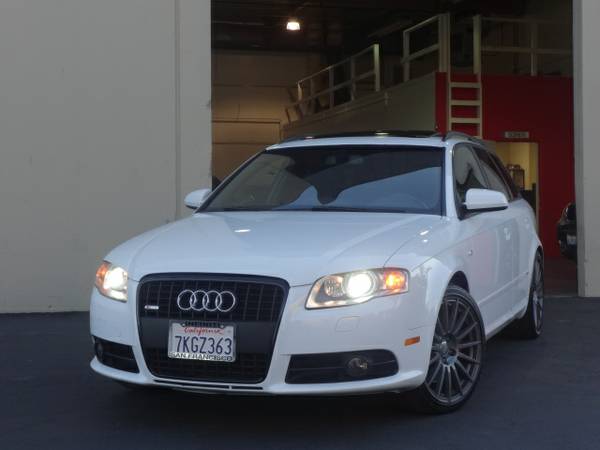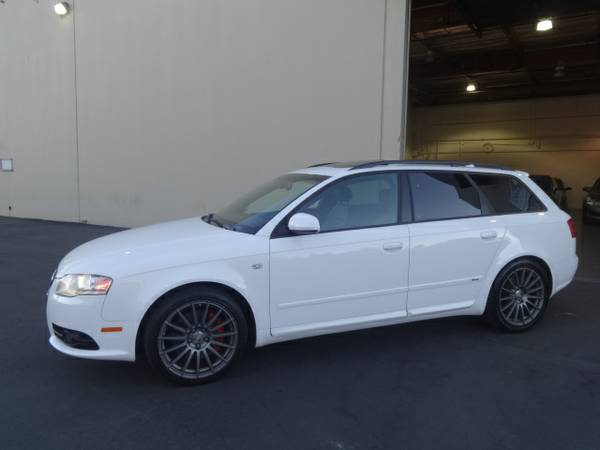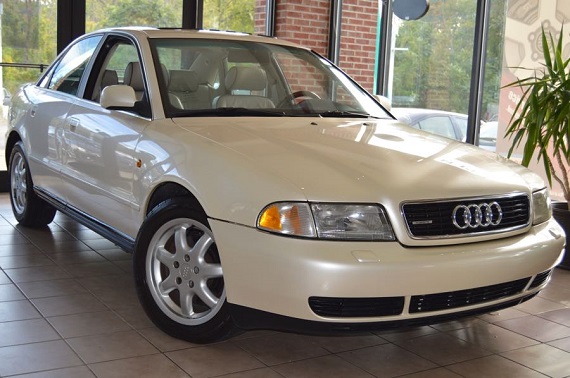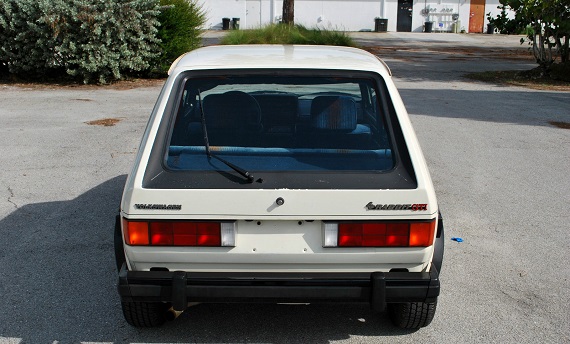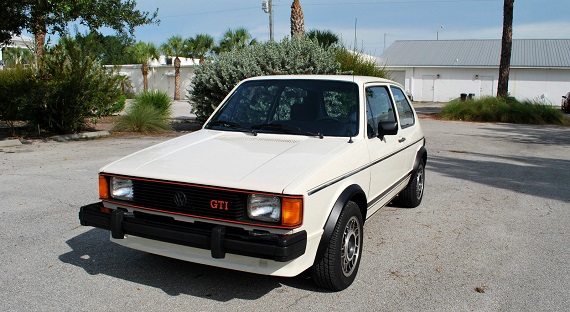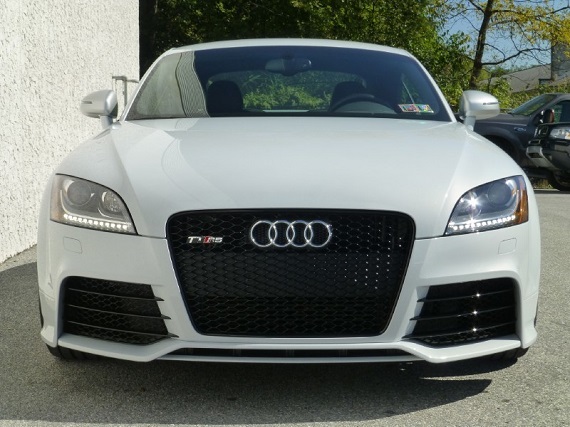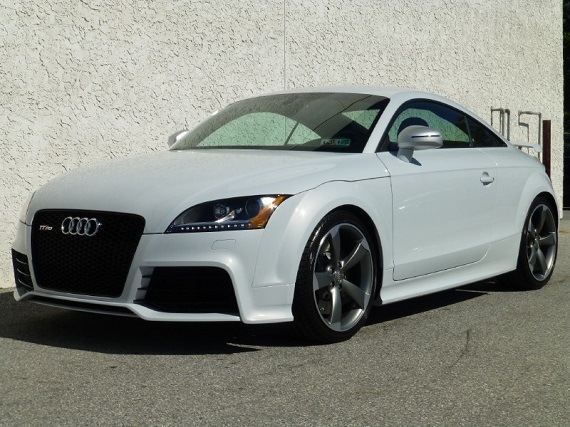As Rob said in his recent 964 Carrera 4 Widebody post, the flared variants of the middle generation 911 can be polarizing. Even more polarizing are the extra-widebody Nakai-san Rauh-Welt Begriff creations. That Akira Nakai is an artist is unquestioned, but whether his creations are genius or blasphemous depend on your definition of art I would suppose. Nakai takes the stock 911 and turns it up to 11, with custom molded, hand crafted flares and widening the lines of the 911 to outrageous proportions. Fitted with giant wheels, lowered suspensions and custom front and rear bumpers, they are the embodiment of the Japanese tuning scene but with a decidedly European feel. Indeed, you don’t need to look far into Porsche’s own developments to find the inspiration for these models from Stuttgart’s own work. Indeed, many of Nakai’s works look a lot like the 964 Turbo S Le Mans racer and later 993 GT2 race car, with their giant gold BBS wheels, huge spoiler, vents and wide flares. Personally, I think that Nakai does an exceptional job mimicking the best of the 911 race car design whilst simultaneously introducing his own style. That becomes more obvious when you see a non-Coupe RWB such as today’s Targa model – I believe the first open-air RWB I’ve seen:
Author: Carter
Following up on yesterday’s super-loaded A4 I’ve moved forward a decade to the last of the B7 series cars. Between the B5 and B7 generation cars, Audi made significant improvements to their small car, with more upscale and tech-heavy interiors and impressive power output from the new line of motors. While the A4 was introduced with the 172 horsepower 12 valve V6, by the B7 generation the lump had grown to 3.2 liters with the new “FSi” direct injection. While the B5 generation had introduced 5 valve technology as we saw yesterday, the B6/7 went back to 4 valves per a cylinder with variable intake manifolds. The result was impressive; despite the small bump in displacement, the 3.2 FSi motor produced 255 horsepower; more than the B5 S4 came to market with. Audi backed up the performance with its new “sport” designation, the S-Line package. That added the 1BE sport suspension, the sport steering wheel (with paddle shifters for Tiptronic-equipped models), and special aluminum trim. If there was one downside to the S-Line package, it was that you could only get it with black interiors – unlike the vibrant color combination we saw yesterday. To make up for that in some regards, Audi then offered an even more premium exterior option; the Titanium Package. Selecting that option would equip your A4 with 18 inch quattro GmbH Ronal multi-spoke alloys in Titanium and blacked out trim both inside and out. Generally, these S-Line Titanium Avants are considered the most desirable A4 Avants made – and for some, they’re more special than even the S4 Avant:
CLICK FOR DETAILS: 2008 Audi A4 3.2 quattro Avant S-Line Titanium Package on San Francisco Craigslist
6 CommentsIt’s a bit sad that there is such a huge generation gap when it comes to the letter “i”. Teaching college level students, were I to write the lower case letter “i” up on the board and ask the meaning, immediate answers of “iPhone”, “iPod” or “iPad” would pop up. Perhaps some of the more clever individuals would associate it with “intelligent”. Apple has transformed the meaning of the lower case letter “i” for entire generations of people who will grow up not knowing what it means to my generation. For example, were I to write the word “carburetor” on the board and ask the meaning, outside of some motorcycle enthusiasts and perhaps a few into older cars, I’m willing to bet very few would know what the word meant, likely associating it with carbonated beverages before internal combustion engines. But in the 1970s and 1980s, “i” was a magical letter which indicated greater performance and improved reliability. It ranged from exotics like the Ferrari 512BBi right through the 2002tii, and while some of the systems were less dependable than others, by the time we got to Bosch’s continuous injection system, German cars were universally the best running, most dependable cars you could get into. In fact, one could argue that most of the success of the German car industry boils down to not their legendary build quality nor the advanced designs they pioneered, but the dependability of the fuel injection system. “i” meant a higher level of performance, and instead of simply being a necessity for every teen to mindlessly separate from society it was a way to indicate you had arrived, and you had arrived in style thanks to your fuel injected cars. Audis sported “Fuel Injected” badges proudly up through 1985; Mercedes-Benz attached an “e” for Einspritzung to nearly every model, while virtually every BMW sported an “i” badge for several generations, and some still do. But enthusiasts of the Volkswagen front point to one very special “i” which followed the Grand Turismo letters on the Mk.1 Golf chassis as the most classic hot hatch the market has ever seen:
CLICK FOR DETAILS: 1983 Volkswagen GTi on eBay
3 CommentsThere aren’t too many cars that I look at today and think that down the road they’ll be viable used cars. I can look back at the previous tech-heavy generation cars for the trends of what will occur – take the BMW E31 for example. Sure, it’s a really neat looking car, and the lure of the V12 is made even more appealing since you could get a manual transmission. But then there are the horror stories of the 15 or more computers that it takes to run all of the electronic systems, and I wonder how people will keep them running in the future. That’s even more compounded when you look at newer models. For example, about a month ago I took a trip out to Coventry Motorcar and drove their modified CL65 AMG. It was when new, and still is today, an amazing car with every sort of electronic gizmo possible, from heated, cooled and massaging seats to the twin-turbo V12 under the hood. It’s as if Mercedes-Benz took a Brookstone catalog and attached it to a Saturn V rocket. But can you imagine maintaining that car as it creeps towards 120,000 miles? I certainly can’t, and it’s a feeling I have about nearly all new luxury German cars.
There are a few exceptions, even in my favorite brand of Audi. While I’m not a fan of most of the models they’ve come out with recently in general, there are a few special ones that I’d consider owning down the road. It’s not that I don’t like or admire the cars; the performance of the new generation motors is stunning and the interiors and exteriors are, I think, the best in the business. It’s that I just can’t contemplate how you’d keep a new S8 running down the road. Having owned cutting edge, tech heavy Audis in the past, it’s a recipe that I would be concerned with in the future. I might make an exception, though, for a car like the this:


